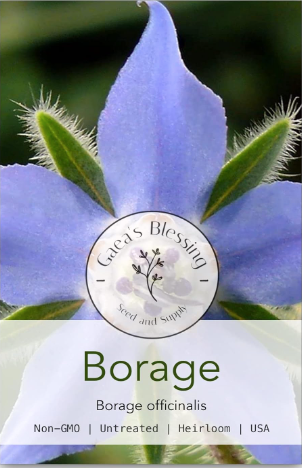Have you ever stumbled upon a fruit resembling a small tomato, but with a vibrant orange or red interior and an abundance of seeds? If so, you’ve met the fascinating tamarillo! Also known as the tree tomato (Solanum betaceum), this shrubby plant hails from Central and South America and is a member of the nightshade family, alongside familiar favorites like tomatoes and peppers.
The tree tomato is an unusual plant grown for its egg-shaped, flavorful fruit. Growing tree tomatoes is a fun and rewarding experience, and with a little care, you can enjoy fresh, homegrown tamarillos right in your own backyard.

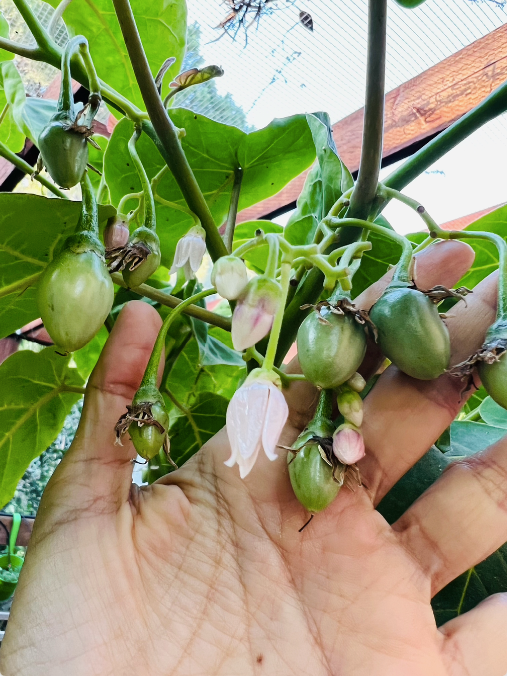
I love to try new exotic fruits and when I saw Tamarillo fruit in supermarket for first time, I bought one and after tasting the fruit i planted some seeds. Witnessing sprouts a few days later, I nurtured the seedlings indoors until robust roots formed.
In October 2022, three young plants found their home in my garden – two in raised beds and one in a sizable pot. The transformation was swift, with flowering starting in April 2023, just in the second year. The fruit made its appearance eight weeks later, gradually ripening to a vibrant red after four months. While one plant faced challenges with aphids due to excessive fertilization, a simple trim revived its growth. Towering at an impressive 10 feet, my tamarillo plants thrived, showcasing the adaptability of this remarkable tree tomato in my USDA Zones 9b-10a climate.
In this blog post, I will share my experience of growing tree tomatoes in California. I will cover everything you need to know to get started, from planting and care to harvesting and propagation.
| Genus Name | Solanum betaceum (syn. Cyphomandra betacea) |
| Common Name | Tree Tomato |
| Additional Common Names | Tamarillo, Tomate de arbol |
| Plant Type | Shrub, Tree |
| Light | Part Sun, Sun |
| Height | 3 to 13 feet |
| Width | 3 to 6 feet |
| Flower Color | White |
| Foliage Color | Blue/Green |
| Special Features | Low Maintenance |
| Zones | 10, 11 |
| Propagation | Seed, Stem Cuttings |

Table Of Content
What is Tamarillo?
Tamarillo, also known as the tree tomato, is a shrubby plant that produces egg-shaped, orange-colored fruits. The fruits have a tart, citrusy flavor that is similar to a tomato, but with a hint of passion fruit. Tamarillos are a good source of vitamins A and C, and they are also high in fiber.
Where to Plant Tree Tomato?
Tamarillo thrives in hot USDA Zones 10–11 climates. It is a hardy shrub or tree that can be planted directly in the ground or in a pot. Choose a location that receives around six to eight hours of direct sunlight. Tree tomato also benefit from partial shade, particularly in the afternoon, in the hottest regions.
When choosing the ideal spot, consider how much wind the area receives. Because these shrubs have a shallow root system, they need protection from strong winds that could blow over the plants.
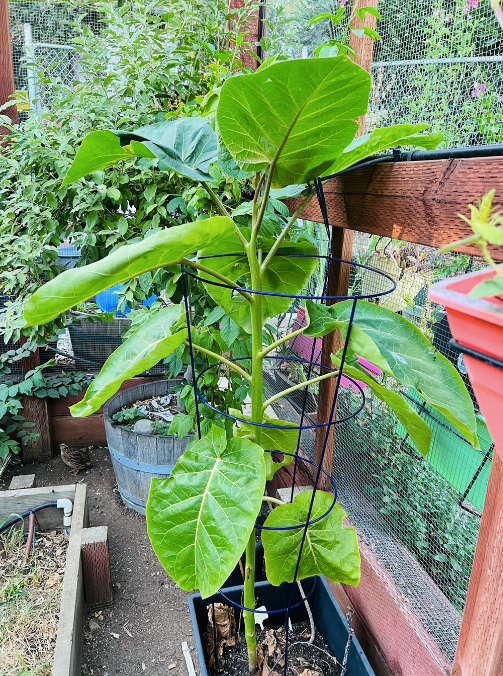
How to Plant Tree Tomato?
While buying a seedling will give you a head start, I was able to successfully grow three beautiful tamarillo plants from store-bought tamarillo fruit. I simply planted some fresh seeds in peat pallets, kept them moist, and placed them on a heated seedling mat. Within days, the seeds sprouted, and I nurtured them indoors until they reached 6-8 inches tall.
Finally, I transplanted them into larger pots and situated them in my aviary garden, which receives shade for half of the day. For those opting for seedlings, the best planting time is after the last spring frost. Simply remove the seedling from its nursery container and plant it in your desired location at the same depth. For multiple plants, maintain a spacing of 2-3 feet between them and 6 feet between rows.

Tree Tomato Care
Tamarillos are large shrubs that are easy to grow as long as you provide the care they need. Here are some tips for caring for your tree tomato plant:
Light:
While tree tomatoes typically thrive in full sun, I successfully grew all three of my plants in a shady garden, and they still reached impressive heights. If you live in a tropical or hot climate, planting your tree tomato in partial shade is recommended.
Soil and Water:
Tree tomatoes do best in well-drained soil that is enriched with organic matter. Provide adequate water to keep the soil moist but not soggy. Because this plant has shallow roots, it needs to be watered frequently.
The best time to water is early in the morning before the heat of the day. When watering, keep the foliage dry; wet foliage leads to fungal diseases. Mulching can be beneficial to retain moisture in the soil. Tree tomatoes don’t do well in droughts or long periods without water.
Temperature and Humidity:
This subtropical plant grows best in warm climates. The optimum humidity for these plants is 90–95%. Typically, temperatures that don’t go below 50°F are ideal, but these trees can manage in regions where temperatures go as low as 28°F with protection, although they may not grow as well.
If you live in a climate with cold winters, grow a tree tomato in a large container and bring it inside your home or a garage until spring returns.
Fertilizer:
While fertilizer is usually unnecessary, especially if you planted the tree tomato in rich soil with plenty of organic matter, you may want to apply a liquid fertilizer to give the plant an extra boost during the growing season when it’s flowering or producing fruits.
I personally feed all my plants a liquid fertilizer that I make myself. I simply mix worm castings, kelp, fish emulsion, chicken manure, blood meal, and bone meal in a bucket with water and let it sit for a day or two. Then, I strain the mixture and dilute it with more water before feeding it to my plants. I gave my tamarillo plants this homemade fertilizer just before they started flowering and again when I saw fruits forming. While I did get a few small fruits, the ones that received the extra boost were significantly larger and more rewarding.
Pruning:
Pruning a tamarillo can help with fruit production. Pruning long stems and pinching back young shoots results in compact growth and encourages fruit to grow closer to the center of the plant. Prune tamarillo once a year right before winter.


Potting and Repotting Tree Tomato
Gardeners who live in cold growing zones that experience heavy frosts and freezes will need to grow a tree tomato in a large, well-draining container filled with high-quality potting soil. Bring the container into a sheltered area such as a garage for the winter. While the container is outdoors, the plant needs additional water, as container soil dries out quicker than garden bed soil. Tree tomato plants are fast growers that soon require larger containers. When repotting, look for wheeled containers to make relocating the plant easier.


I planted two of my seedlings in a raised bed and one in a large pot, all in my aviary garden, which mostly receives shade. I wanted to see which method worked best, and I can say that both options are viable as long as they receive regular watering. Fortunately, I didn’t encounter any issues with wind or frost, but I did face some pest problems that I’ll discuss in the next section.
Pests and Problems

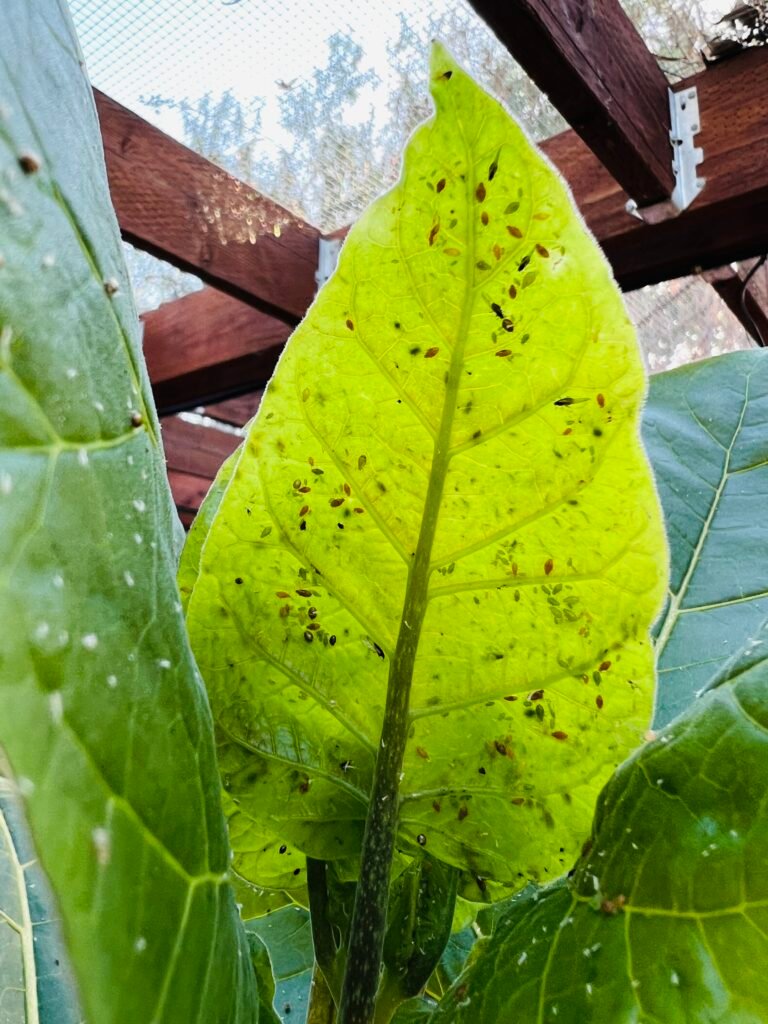
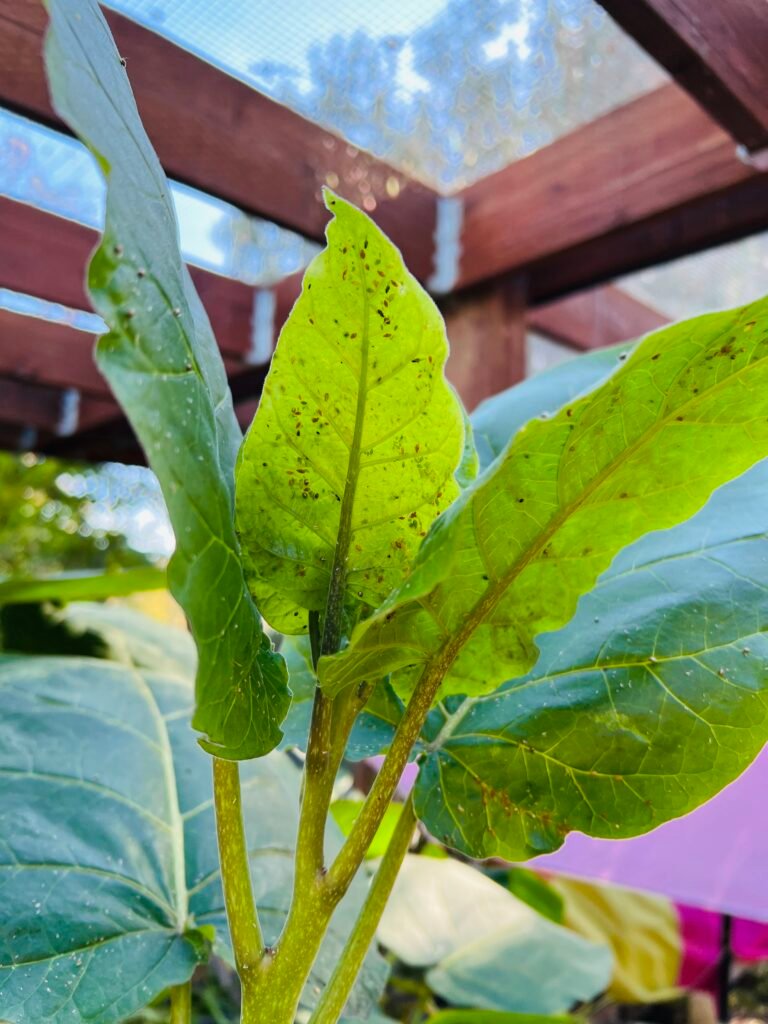

While I didn’t encounter any issues with hornworms, two of my tamarillo plants became infested with aphids shortly after some flowers bloomed. This infestation coincided with increased ant activity, a telltale sign of aphid presence. I quickly addressed the problem by spraying a homemade neem oil and soap mixture on the affected leaves, which effectively eliminated the aphids within a day.
Unfortunately, one of my plants suffered a much more severe infestation of black aphids and whiteflies. The sheer number of pests forced me to remove all the leaves and prune some branches. This drastic measure, while initially discouraging, proved beneficial. The plant quickly regenerated, but sadly, despite abundant flowering, it didn’t bear any fruit. I suspect this lack of fruit production was a consequence of the excessive fertilizer I applied earlier.
This experience highlights the importance of monitoring your tree tomatoes for signs of pest infestations and taking prompt action. Neem oil and insecticidal soap often provide effective solutions, but in extreme cases, more drastic measures may be necessary. Additionally, be mindful of fertilizer use, as excessive amounts can negatively impact fruit production.

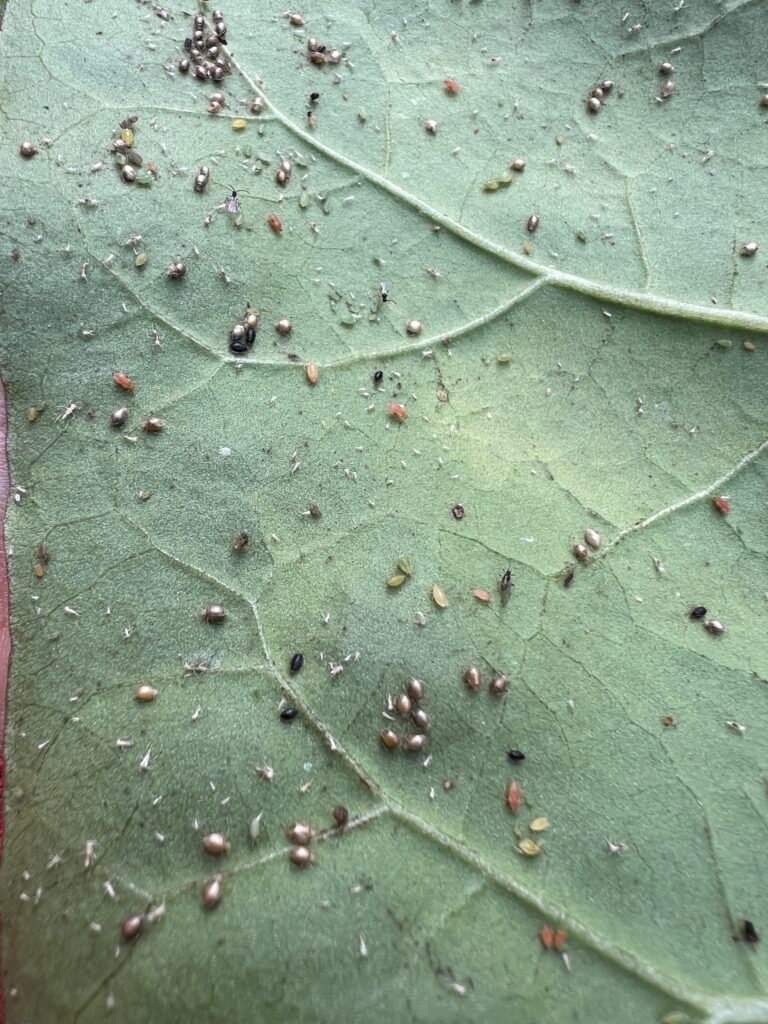
How to Propagate Tree Tomato
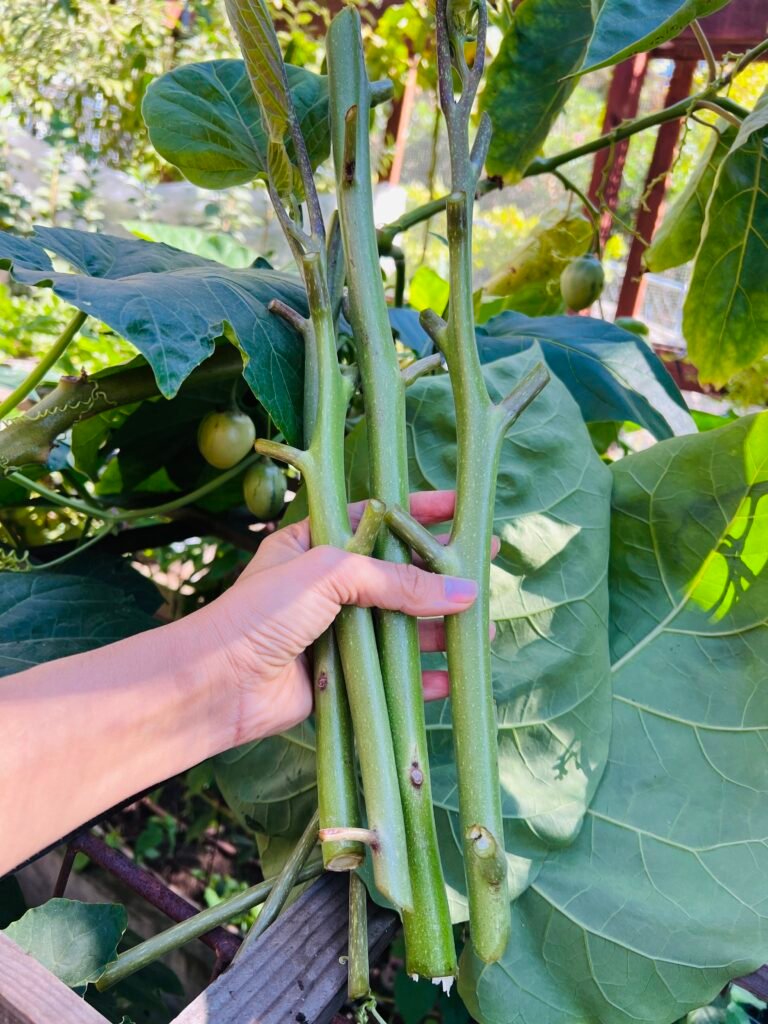
Propagating Tree Tomatoes: Seeds and Cuttings
There are two primary methods for propagating tree tomatoes: seeds and cuttings. Each method offers its own benefits and drawbacks.
Growing from seeds:
- Simple process: Save seeds from a fresh tamarillo, dry them, and sow them in spring.
- Rapid germination: Expect sprouts within a week, as I experienced when planting seeds in early August.
- Longer growth time: Seedlings require a full four weeks of indoor care before being transplanted outdoors.
- Unique plants: The resulting plants may not be identical to the parent plant.
Growing from cuttings:
- Faster results: Obtain rooted cuttings from mature plants that have finished producing fruit.
- Identical offspring: Cuttings produce plants that are genetically identical to the parent plant.
- Specific timing: Cuttings should be taken in early summer from one-year-old wood.
- More precise technique: Requires careful removal of leaves, dipping in rooting hormone, and providing bottom heat for successful rooting.
Both methods offer viable options for propagating tree tomatoes. Choose the method that best suits your preferences and resources.
Harvesting



Harvesting Delicious Tamarillos
Expect your tree tomato to reward you with its first fruits in its second growing season. Just like tomatoes, the fruits start green and gradually change color as they ripen. You’ll see a beautiful array of purple, red, orange, or yellow hues indicating maturity.
A ripe tamarillo is ready for harvest when it yields slightly to gentle pressure. Remember, these fruits don’t have a long shelf life after picking, so enjoy them within a few days for the best flavor.
Picking at the peak of ripeness is crucial. Early harvesting results in unripened fruit with a sour taste. To maximize flavor and sweetness, wait until the tamarillo fully matures on the plant. When you gently squeeze, it should be firm but slightly soft.
If you happen to pick some early, don’t fret! Those slightly sour tamarillos are perfect for making a delicious salsa. Check out my recipe for tamarillo salsa here if you’re interested in whipping up a flavorful treat.
So, keep a watchful eye on your tree tomato as it matures. Soon you’ll be enjoying the fruits of your labor – literally!
Types
The most popular tree tomato variety in the U.S. is ‘Oratia Red’, which reaches maturity in only eight months. Other cultivars that grow well in home gardens include ‘Rothhamer’, ‘Inca Gold’, and ‘Ecuadorian Orange’.
Companion Plants
Borage


Borage is an excellent companion plant for tree tomato plantings. It helps reduce the dreaded hornworm by attracting beneficial insects. It also attracts pollinators, including bees and butterflies, to the garden. Both the leaves and flowers of the plant are edible and used as garnishes or herbs.
Basil
Basil, a familiar culinary herb, adds fragrant foliage to the garden. When planted near tree tomato plants, it repels thrips and hornworms. With many varieties of basil, growing from 18 inches to 4 feet tall, there’s a basil suitable for every garden.
Marigolds

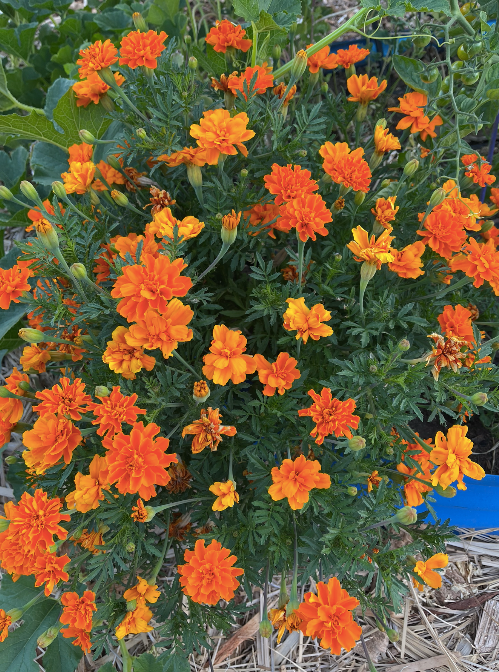
French marigolds and their taller cousins, African marigolds, add colorful blooms and attractive foliage to the garden. They have an impressive reputation for repelling a variety of pests, including whiteflies, nematodes, slugs, and snails.
Frequently Asked Questions
What’s the difference between a tomato and a tree tomato?
Though these fruits come from related plants and have similar textures, they have different flavors. A tamarillo is sweeter and tangier than a tomato, and has a bitter skin that is best peeled before eating the fruit.
Which companion plants should I not plant with tree tomato plants?
Several plants are not suitable as companions for tree tomato plants. Potatoes and brassicas, including cabbage, broccoli, and cauliflower, all release a chemical that inhibits the growth of tree tomato plants and should not be planted near them.
What is the lifespan of a tree tomato?
With the proper care and environment, the tree tomato lifespan is about 6-7 years, although some have been known to live up to 12 years.
Your feedback and comments are invaluable, helping my page thrive. Stay tuned for more exciting recipes and gardening adventures. Happy cooking and gardening!

Tamarillo Almond Cake Recipe from Marzi’s Garden

Tamarillo Salsa from Marzi’s Garden

As an Amazon influencer, I earn a commission through product links at no extra cost to you—your support is appreciated!
Check the related recipes:
Passion Fruit Paradise: Unlocking Exquisite Flavors and Cultivation Secrets
This blog post is more than just a guide. It’s also a celebration of the amazing flavors and smells of passion fruits. Through lots of experimenting and research, I discovered the secrets to getting the best flavors and the most fruit from these delicate vines.
Nowruz Greeting Cards: Persian New Year Joy from Marzi’s Garden!
Wish your friends and family who celebrate a happy Nowruz with Marzi’s greeting card designs.


